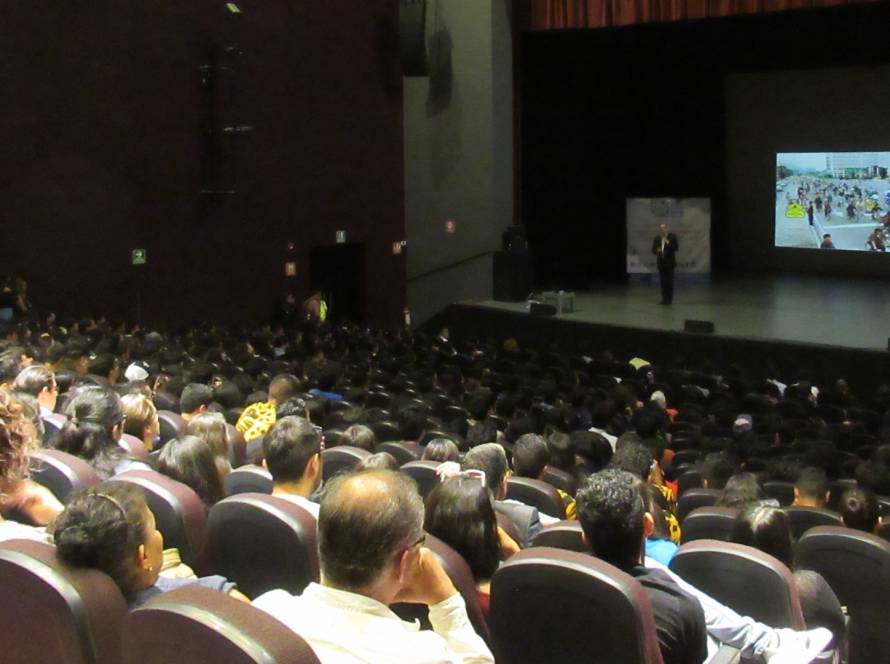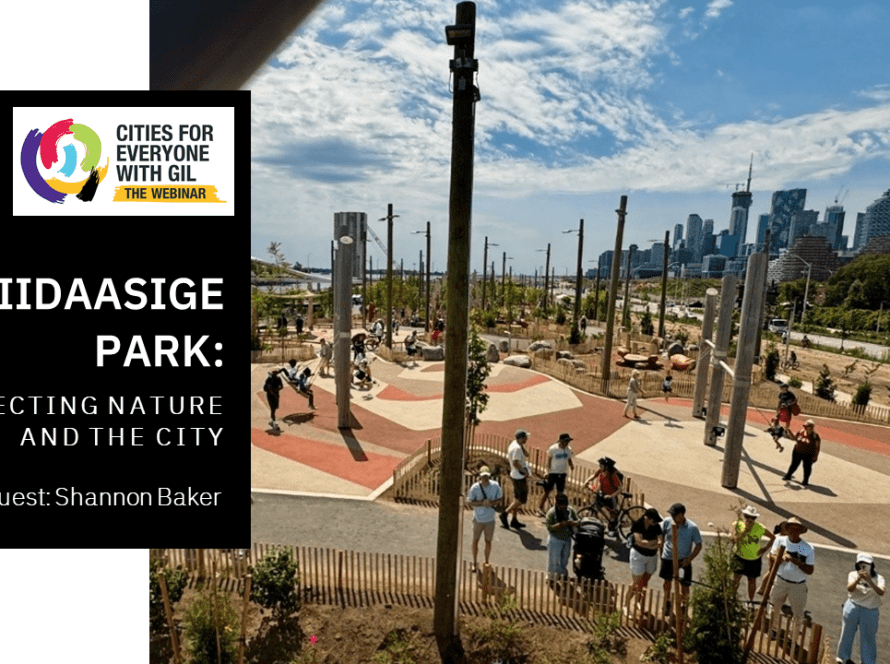Key Takeaways
- Physical form and social shifts have confined today’s eight-year-olds to a 100-meter radius, compared to approximately 6 miles in the 1900s.
- Medium-high density, car-free streets, built-in play elements, pocket parks, and 4-minute transit to the city center create both freedom and richness of activity.
Summary
- What is child-friendly urban planning?
- a rich “things to do” ecology (play, nature, services), and
- safe, independent mobility (walking/cycling) for children.
- A Child-friendly Champion in city government is a must to convene planning, transport, parks, education and health sectors. Further, s/he must embed child‑friendliness in policy, co‑design with kids, and measure outcomes.
- Nature-Play Integration:
- Most children are not experiencing nature because they do not have access to ‘safe’ nature.
- Cities like Austin, Chicago, Milwaukee, Arizona, etc., are converting streets, schoolyards and brownfields into nature-play spaces by adding boulders, logs, and stormwater features, boosting unstructured, child-directed play.
- The needs of children and caregivers are different from any other user in cities. Factors that make it a better city for young children:
- Public Space: streets, parks, sidewalks, plazas, and playgrounds which are safe, accessible, comfortable, and stimulating for babies, toddlers, and their caregivers.
- Mobility: safe, convenient, affordable, and sustainable ways (including walking, cycling, public or informal transit) for caregivers with young children to reach their destinations.
- Neighbourhood planning: easy access to key services within a short, affordable journey; a vibrant, supportive community; and a comfortable environment for young children and caregivers.
- Cross-Sector “Hub-and-Spoke:
- Scaling up requires a dedicated municipal catalyst (child-friendly czar), cross-departmental collaboration (planning, transport, parks, education, water), and community/child co-design.
- Target the most underserved neighbourhoods (Tirana’s playgrounds and orbiting forest, Tel Aviv’s pocket parks, Lima’s tactical street conversions, Indian Anganwadi centers) to close access gaps.
- What is child-friendly urban planning?
How can Cities apply these learnings?
- In each district, score “Things to Do” (nature, play, services) vs. “Mobility” (safe walk/cycle). Prioritize zones in the high-high quadrant.
- Convert low-use streets, vacant lots or schoolyards into nature-play areas with logs, boulders, rain gardens, and partner with water/forestry departments.
- Embed participatory workshops; run school-yard design charrettes; involve kids in park planning and street closures.
Ideas for further reading
- Urban Playground: How Child-Friendly Planning and Design Can Save Cities – Book by Tim Gill
- Research Digest – Children & Nature Network. https://www.childrenandnature.org/resources/type/research-digest/
- Early Childhood Matters – by Van Leer Foundation. https://vanleerfoundation.org/publications-reports/early-childhood-matters-2023/



